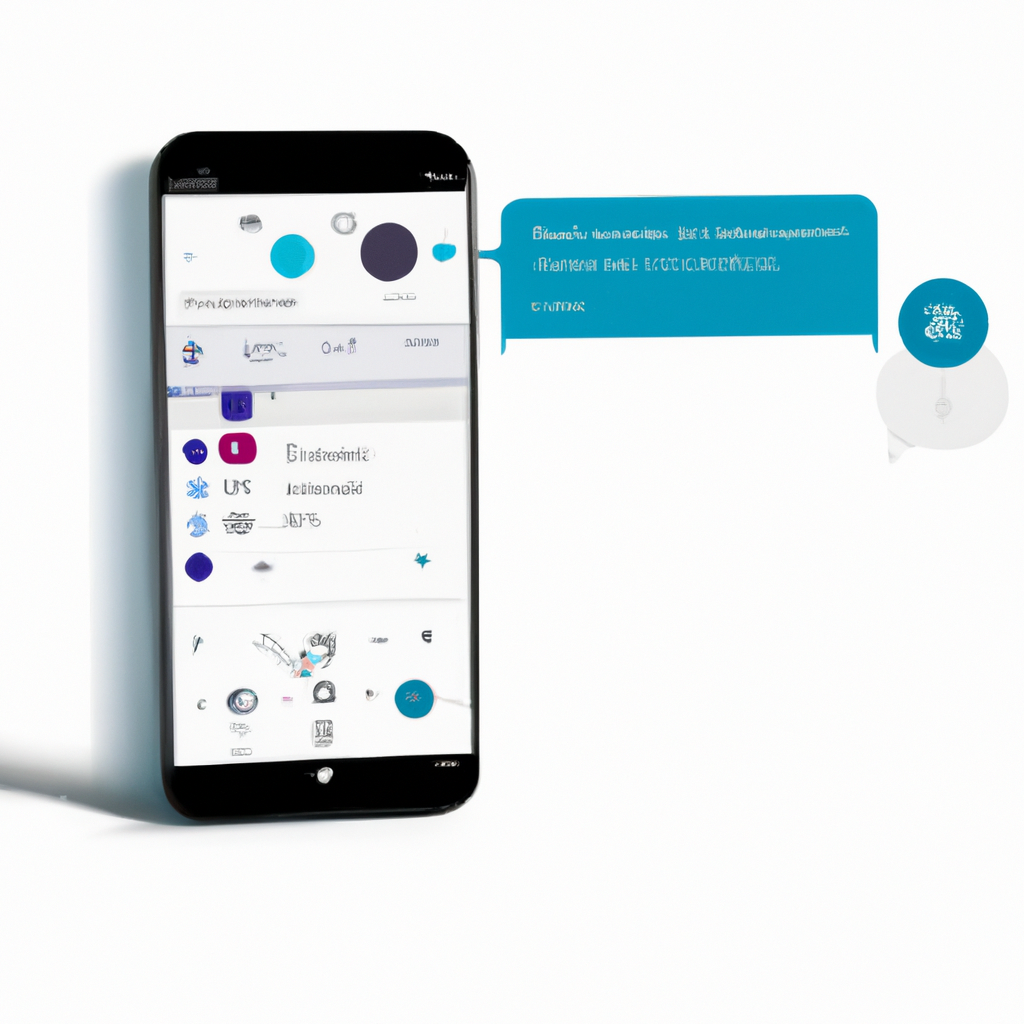Embracing Simplicity: How Minimalist UX Design Boosts User Engagement
In the fast-paced digital world of 2025, where user attention spans are shorter than ever, minimalist UX design has emerged as a key driver in enhancing user engagement and retention. This post explores the principles of minimalist design and provides practical tips on how to implement them in your projects to create clean, user-friendly interfaces that do more with less.
Understanding Minimalist UX Design
Minimalist UX design is all about reducing the interface elements to the essentials. It’s not just about aesthetics; it’s about functionality. By stripping away non-essential elements, designers can focus on what’s truly important, improving usability and user satisfaction.
Key Principles of Minimalism
- Clarity
- Efficiency
- Consistency
Case Studies: Minimalist Design in Action
Several leading companies have successfully implemented minimalist design principles. For example, a popular e-commerce platform redesigned its interface to focus on core selling points, resulting in a 20% increase in conversion rates.
Tools and Techniques for Implementing Minimalism
Certain tools can help in achieving a minimalist design. User feedback tools and simplification techniques are crucial in identifying and eliminating unnecessary elements.
Future of Minimalist UX
As technology continues to evolve, minimalist UX will likely play an increasingly important role in interface design. With advances in AI and machine learning, personalized minimalist interfaces could become the norm, tailoring user experiences like never before.
Conclusion
Embracing minimalist UX design can significantly enhance user engagement. By focusing on the essentials, designers can create more intuitive and effective interfaces.






